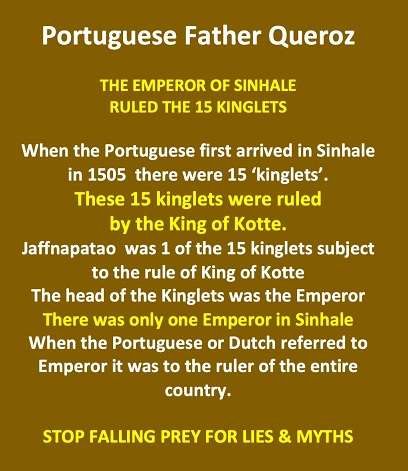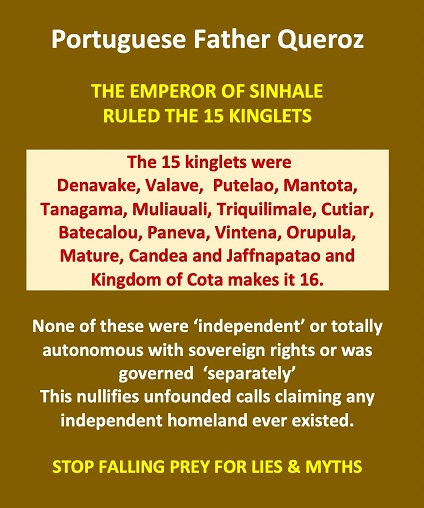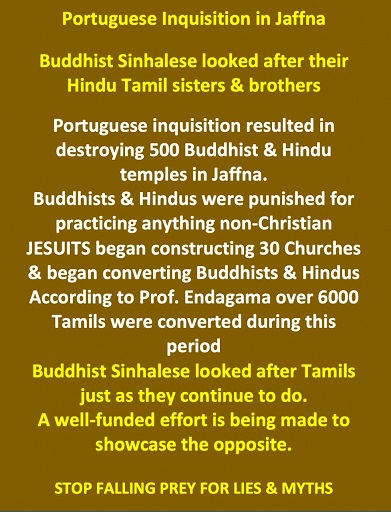By Sena Thoradeniya
1. CALL FOR SYSTEM CHANGE
When President Gotabhaya Rajapaksa came into power calling for a System Change” we looked at him positively, that he was promising something his predecessors had failed to deliver. In his pre-Corvid encounters with the villagers in remote areas (Gama Samaga Pilisandarak”) he expressed powerfully in front of hapless village-level officials the need for a system change. In his flying squad type surprise visits to places like RMV Office etc., system change was the official mantra he recited to get things done. Later on, we came into the conclusion that it was nothing more than a call for improvements.
In our previous essay we mentioned about Improvements and how it differs from Change. The Japanese had introduced a concept called Kaizen or Continuous Improvement and it is widely practiced in Japanese industries and elsewhere. A task can be divided into various activities and you can quantify the number of people involved, time taken and other resources utilised in the performance of each task and activity and make a task analysis and improvements accordingly. These improvements are very simple: employees can make improvements with their own Suggestion Schemes without any fanfare.
Galle Face Protesters and some opposition politicians also called for a System Change. We do not know whether all these parties were talking about the same systems and wanted the same system change.
Very soon the System and System Change became something similar to the utterances of the proverbial six blind men of Hindustan who tried to describe the elephant. But the blind men each in his own opinion, partly in the right, and all were in the wrong”. Our system changers did not have any opinion as any one of the blind men of Hindustan.
A person who talks about Systems and System Change without knowing their actual meanings fall into a labyrinth, a maze. There are several systems around us. Be sure what system you are going to change. One particular system or all such systems? Or one fancy system?
We are familiar with foreign-funded, NGO and media orchestrated Regime Changes. What the Protesters got was neither a system change or a regime change; only a change of heads! System continues.
Protesters’ slogan was chasing out Naki Mynahs”. Did they know anything about the ages of great leaders who made a tremendous impact to the whole mankind?
Lenin addressing the youth said, that the tasks of the youth in general” might be summed up in a single word: learn.” One of the greatest evils and misfortunes left to us by the old capitalist society is the complete rift between books and practical life; we have had books explaining everything in the best possible manner, yet in most cases these books contained the most pernicious and hypocritical lies, a false description of capitalist society.”
We would add that knowledge of social mediadoes not make a complete youth.
Mao, having said that China’s youth are in the bloom of life, like the sun at eight or nine in the morning”, and (T)the world belongs to you. China’s future belongs to you”, in his many writings had found their weaknesses and shortcomings and cautioned them to rectify those. He told them that we cannot change this situation radically in a short time.” He saw their lack of political and social experience”. To translate ideal into reality needs hard work”. In other words, you cannot achieve what you want by merely shouting slogans and demonstrating. The only criterion to judge youth is whether they are willing to integrate with the broad masses of people. We did not see any protester waiting in a gas or a fuel queue on behalf of suffering masses to ease the burden of the masses allowing them to attend to their other day today activities or helping the farming community.
In this essay, we attempt to discuss about Systems, Systems Theory and System Change.
2. SYSTEMS: MARXIST POINT OF VIEW
Marxism teaches us that we are surrounded by most diverse objects and phenomena which are in a state of motion and change. All objects and phenomena possess quality. Social phenomena differ qualitatively. Beside a distinct quality all objects possess quantity. Quantity reflects the degree of development, size, weight, volume etc. Social phenomena also have quantitative features. A change in quantitative sides and qualitative sides leads to a change in the object.
Quantitative Change or Qualitative Change? One-sided emphasis of either the quantitative or the qualitative aspect is wrong. There is a Dialectical Relationship between quantity and quality. Quantitative Changes inevitably bring about Qualitative Changes. When the temperature reaches the critical point the metal ceases to be a solid and becomes a liquid. Water becomes ice and vice versa.
The Dialectical Transition of quantity into quality is of paramount importance for understanding the Process of Development. It explains the emergence of new quality. Without this there is no development. This is what Historical Materialism or the Materialistic Conception of History is concerned with. New quality arises from quantitative changes. In all spheres the old is replaced by the new.
Mankind has passed through five Socio-economic Formations, the Primitive-Communal System, the Slave System, the Feudal System, the Capitalist System and the Socialist System. In the Primitive-Communal System labour performed in common, for example common hunting and common fishing. There was common ownership of Means of Production which constituted the Production Relations in that epoch. There was no private property and no exploitation of man by man. Common affairs were carried out collectively or entrusted to the most respected and experienced members of the community. Development of Productive Forces caused the destruction of primitive society. The people gradually mastered the techniques of smelting metals. Agriculture underwent further development. Domestication of animals greatly increased the Productivity of Labour. All these led to Social Changes. Social Division of Labour arose. Private Property appeared.
Productive Forces of a society constitutes of Means of Production created by society, Instruments of Labour by which material wealth is created and the People carrying out the Process of Production.
Some own Means of Production. They appropriate the results of the labour of others. Those who are deprived of means of production work for the former. The relationships that people enter into producing material value are called Production Relations or Economic Relations. People’s relations in the production process constitute Relations of Production. Relations ofproduction are based on the Forms of Ownership, who owns the Means of Production. The Form of Dstribution also depends on the ownership of Means of Production.
Productive Forces and Production Relations are the two elements of the Mode of Production. Production techniques, production skills, working experience of people undergo CHANGE constantly. But in the Capitalist System the basis of capitalist production relations, private ownership of the instruments and means of production remain unchanged. Radical changes of production relationships entail the liquidation of old production relations and replacement with new ones, a new mode of production. This was what happened under slavery and feudalism.
The production of material wealth is the determinative factor of Social Development. In thelabour process people transform natural objects (resources).
Productive forces determine production relations. That is the Economic Structure of the Society (The Basis/ Foundation). Political, legal, social and cultural systems, philosophical, religious, artistic and other social ideas and conceptions arise on this basis, forming the superstructure. This explains that the mode of production determines the social life and reveals the link between the socio-economic and all other relations. Superstructure exercises an influence on production relations and can delay or accelerate change in the base.
Every change of basis, of production relations determines a change of superstructure.
Society is a complex, dynamic system. Society is a Social System. History tells us of a succession of societies such as slave-owning, feudal, capitalist and socialist societies as explained above. Accordingly, governments of slave-owners, feudal lords and capitalists emerge. Political institutions and legal standards, laws and rules are established. Rulers exercise power and authority. In each social formation ideology of ruling class predominates.
Each of these societies are distinct from another. A historical distinct society as social systems are known as Socio-economic Formations (social formations or formations). Each formation is a social system, qualitatively distinct. Marx’s CAPITAL is an analysis of the economic and social laws by which Capitalist Formation functions and develops.
Every society is a coherent system whose elements interact and are organically interconnected. In the concept of social formation, the Systemic Approach is applied to society as a whole. In a society as a social system there are multiple entities each be seen as a system. That is why in a society we find many Sub-Systems.
A socio-economic formation helps us to identify a specific historical system of relations as well as social activities of people who change these relations.
Mode of production, basis and superstructure are the main structural elements of every social formation. They represent the material base, the economic frame, the socio-political and spiritual aspects of every social formation. Other elements are family, various social orgnisations and societies, tribes (in tribal societies), nations, classes, occupations and social groups.
The other important aspect of a society is CULTURE. Culture exists in society and linked to it. In whatever sphere of social life and activity there is some element of culture. Many do not understand that culture of a class society is also a reflection of antagonisms of classes. This gives an ideological content to culture. In other words, the culture has a class character. With the change of social formations culture also changes, making it possible for culture to develop and formation of a new culture.
DID OUR SYSTEM CHANGERS ENVISAGED SUCH A CHANGE? It goes without saying that our System Changers” do not want such a System Change”. Those who pay lip service to Marxism have not spelt out their programme to the masses.
3. SYSTEMS THEORY
According to Systems Theory a system can be defined as an inter-related set of elements functioning as a whole. Life is a system; our bodies, homes, schools, universities, hospitals, governments, every government department, companies, are all systems. These are interconnected with various other systems and each system has within it a number of sub-systems. All these are considered as an organisation. It is an organisational system. An organisational system gets inputs from the environment, human, material, financial and information inputs. Through managerial and technological processes these inputs undergo a transformation. As a result, outputs are produced, products, services, profit and losses, information and above all else behaviours (of family members, students, employees, Parliamentarians and Ministers etc.). Finally, environment reacts to the outputs produced and provides a feedback to the system.
Marxism also accepts the Systemic Approach and the notion of sub-systems. But the Systems Theory fits well to the Capitalist Social Formation. As we are living in a Capitalist Social Formation the persons who want to make a system change should understand these basic elements of a system and design in what elements a change is desired.
We live in open systems. No one can live in a closed system. Our politicians and leaders failed because they thought that they were functioning in closed systems, the cocoons they had woven and their own gem-studded palaces. We have to interact with many. We cannot ignore the changes that are taking place in the environment. Our railways failed as the dominant form of goods transportation. School system failed in face of international schools and private tuition. Health system failed. Public transport system failed. For all these failures politicians and bureaucracy are responsible. It is worthwhile studying who did the biggest damage, politicians or the bureaucrats? If our bureaucrats at least studied and understood Max Weber’s Management Theory, Bureaucracy”, our administrative system would not fall into such an abysmal state. Unfortunately, in Sri Lanka Bureaucracy” was labelled as Red Tape.
Every system consists of several sub-systems. A sub-system is a system within a system, a system in its own right. These are interrelated and inter-dependent parts, each of which contributes to the total system’s functioning and achievement of goals. This highlights the importance of inter-dependencies among various units, departments etc. A sub-system can be broken into even sub-sub-systems, even into tiny particles.
The human body is a system. It has vital organs such as brain, heart, lungs, liver, pancreas, kidneys etc. etc. A change in one sub-system affects other sub-systems and the total system. If heart fails it affects all the other sub-systems and the person will die.
The whole is greater than the sum of its parts. Organisational units have to work together to become successful. They cannot work alone. This leads to Synergy. Cooperation.
If any system does not monitor feedback it gets from the environment and makes appropriate adjustments to suit the changes in the environment, the system will fail. In other words, systems decay. Companies go bankrupt. So, as the governments. This is known as Entropy. Disorder and chaos. Termination.
We do not advocate politicians and others to totally adhere to Systems Theory. It has its own weaknesses. Day to day problems may override. Politicians have to deal with his or her constituents. Human behaviour is unpredictable rather than the behaviour of machinery and other resources. One sub-system may work efficiently and effectively even if some other sub-system fails. This is the case of most of our government ministries, departments, statutory bodies, school system and health system.
4. TYPES OF CHANGE
In a capitalist social formation what type of changes we can bring about in our organisations including government departments and statutory boards? There are hundreds of theories, models, methods and techniques introduced to improve the efficiency and effectiveness of organisations. Nobody can say that we have not introduced these techniques and methods in planning and decision making, organising, controlling and in production, marketing, distribution, storage, human resource development and research and development etc. etc. There is no use of mentioning those because it would look like content pages of a massive text book. In the recent past various productivity improvement techniques and strategies such as, Quality Circles, Total Quality Management, Kaizen, 5Ss, Just-In-Time, Suggestion Schemes etc. were introduced and implemented successfully.
Types of change vary:
Structural changes (in the organization itself, methods; schedules; organisation design); Technological changes, work schedules, machinery, new products, training policies; Change of policies, Marketing strategies, Human Resource Development strategies; Changes made because of new legislation and regulations, court cases, competition, technological advancements, customer preferences and tastes; because of suppliers, unions and other internal forces.
Changes can bring about by a new manager or a new minister, head of government; establishment of new Ministries, Departments, Authorities are some changes.
So, calling for a system change is like asking to re-invent the wheel. Then why are we lagging behind? How do we explain the present predicament? Reasons are many. Explanations galore. All of us have our own answers.
In Sri Lanka, against the backdrop of acceptance of market economy, liberalisation, privatisation, once protected national industries facing foreign competition and their entropy and various other policy decisions taken by successive governments, we cannot say that we have responded correctly to change. The root cause of all the present economic problems lie there.
5. MANAGEMENT OF CHANGE
Under modern capitalism, turbulent and tumultuous changes occur. There is uncertainty. One has to anticipate change and respond to change, without being caught up by surprise. Rapid, constant and great changes occur due to technological advances, increased competitiveness and globalisation”. To survive you have to change. Challenges and opportunities have become the catchwords of this survival game. But Reactive change is bad: it responds to whenever problems crop up; in such a situation hurried, poorly conceived decisions are taken and poorly executed.
ALSO, MINDLESS CHANGE IS BAD, DISASTROUS.
Our rulers should know that Change should be planned, designed and implemented in an orderly and timely fashion. It should be gradual, evolutionary and slow-moving. It is said that change is not hurling boulders into a pool of water; water displaced, banks damaged, fish killed or disturbed. Instead of a hurling a large rock throw pebbles and see what happens. Adapt not adopt; examine new techniques and how it suits your purpose; take only appropriate for you; reject neither old or new; keep the best of both. The Japanese did not adopt Western methods recklessly abandoning their own culture. They adapted new ideas and techniques to suit their culture and practices.
6.PROCESS OF CHANGE
Change is a Process. First, we have torecognise what is necessary; need for change, causes for the problem. Then establish goals for change and select change techniques. While implementing change you have to overcome resistance to change. Notall are willing for change. There can be many reasons for resistance.How to overcome it? Participation, extension work, education and communication and facilitation the change.
Introduce change gradually; making only necessary changes; trial runs are important; give time for people to adjust to new ways; there are forces for change and forces against; tip the balance to make forces for change outweigh others; remove or minimise those forces against; reinforce and support change; evaluate and follow-up.
In organic farming fiasco nothing was done of this sort. It is strange why our agricultural extension personnel who are well-versed in these fundamentals of agricultural extension work kept mum.
So, change cannot be done haphazardly, just because you want change, for the sake of making change.
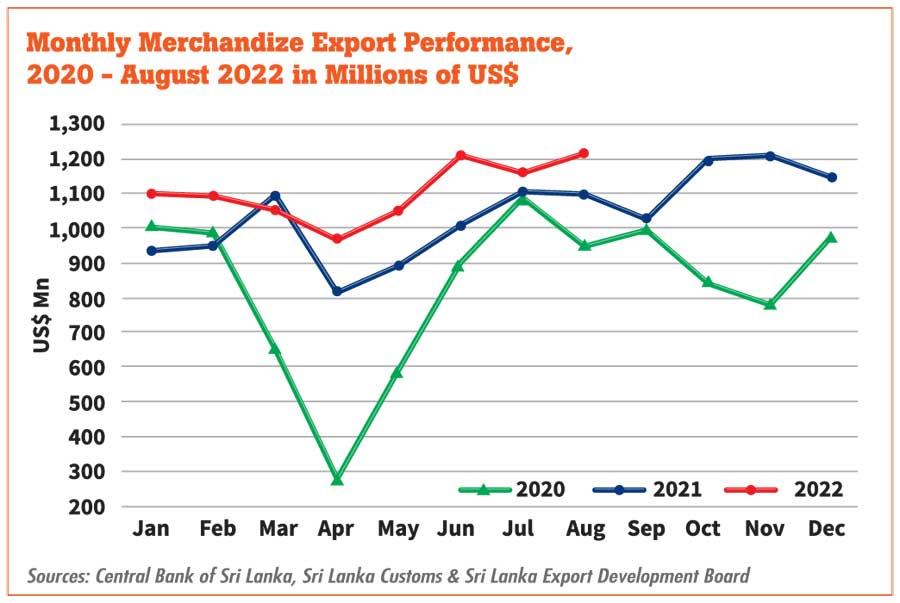
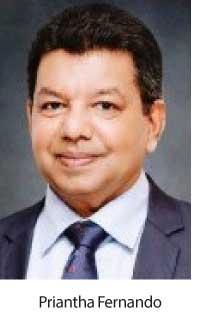 is now back on track for recovery, said the Sri Lanka Tourism Development Authority (SLTDA).
is now back on track for recovery, said the Sri Lanka Tourism Development Authority (SLTDA).
